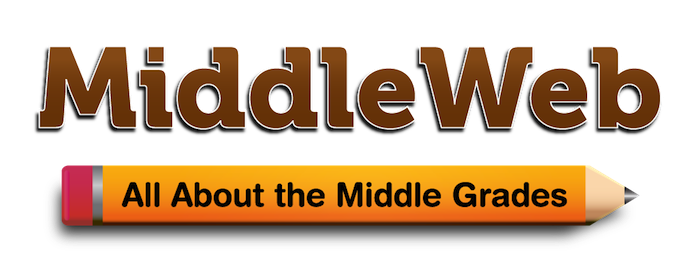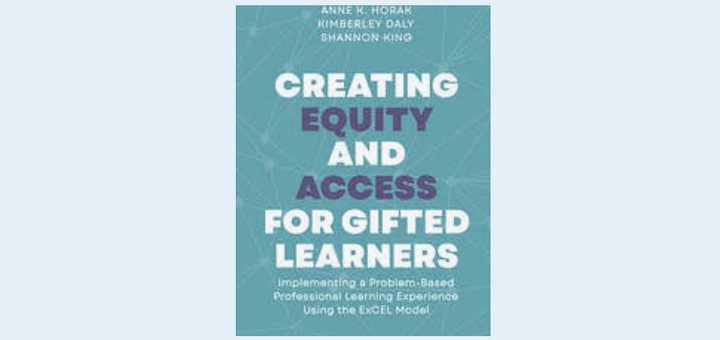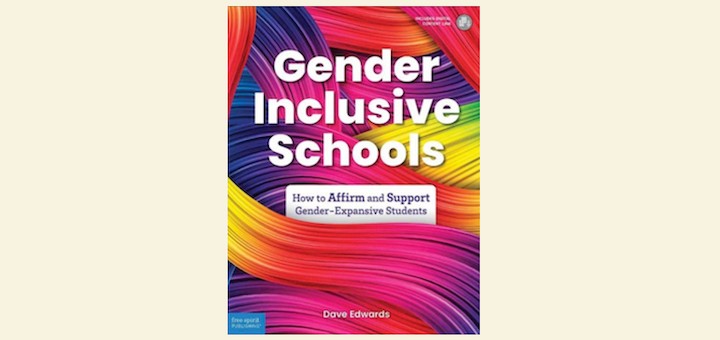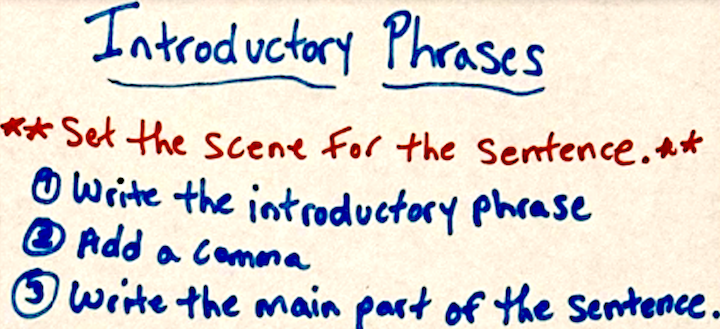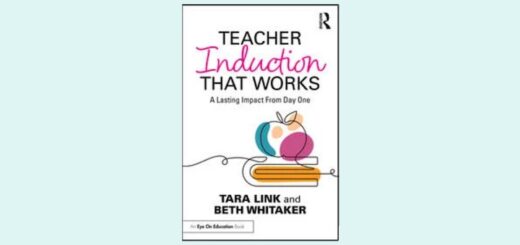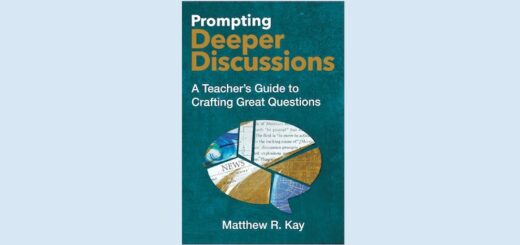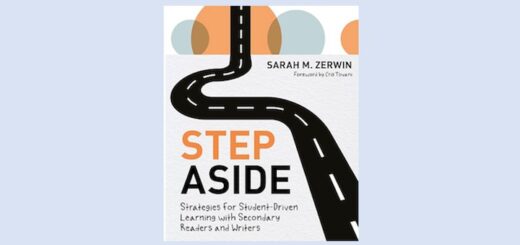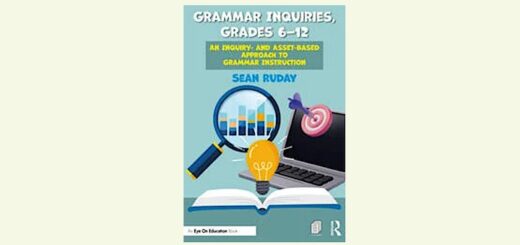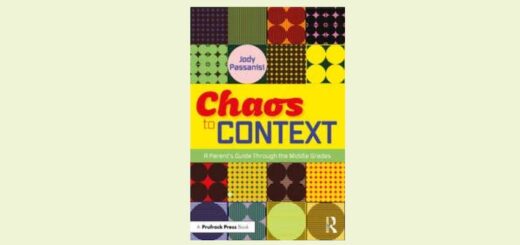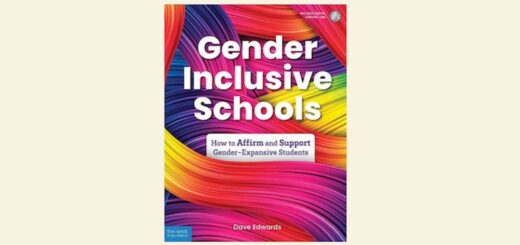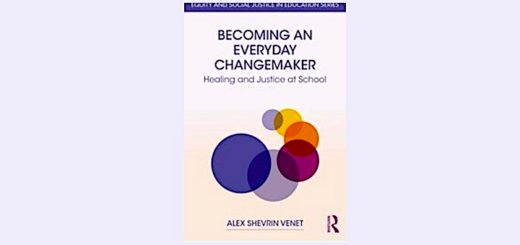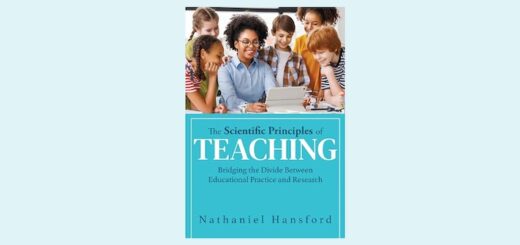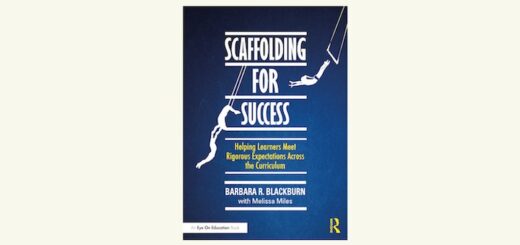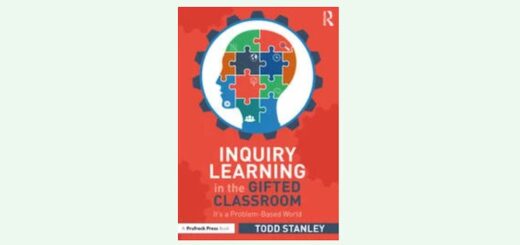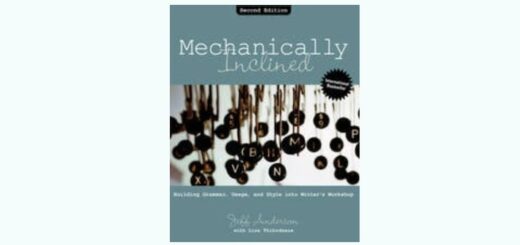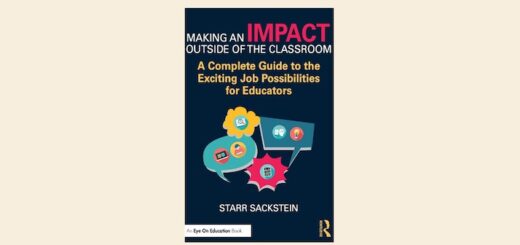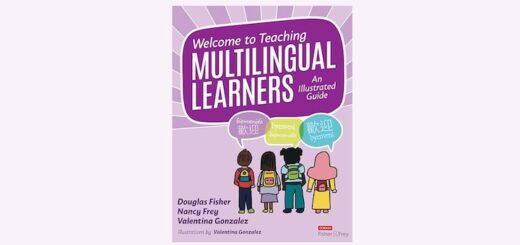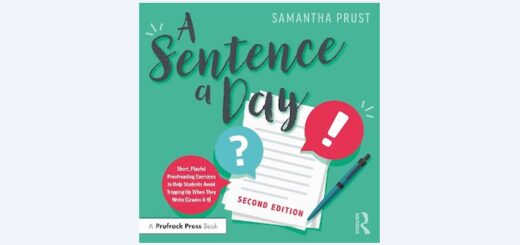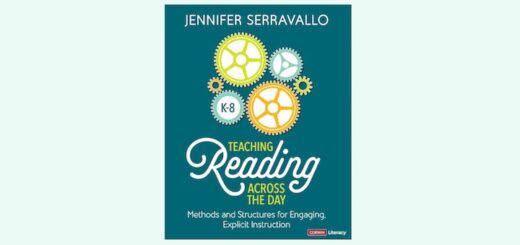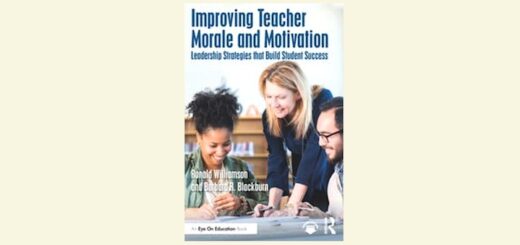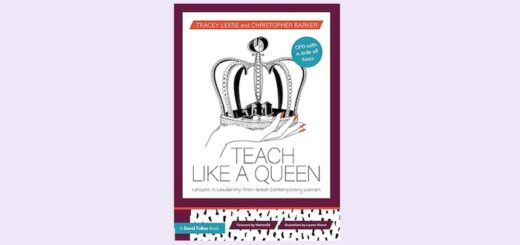Teaching and learning in grades 4-8
Administrators and gifted and talented coordinators can include Creating Equity and Access for Gifted Learners with its introduction of the ExCEL Model as one part of a larger body of resources to support the implementation of problem-based learning, writes Kim Rensch.
Creating neurodiversity-affirming schools is not merely an educational shift; it’s an act of advocacy, equity, and justice. Our actions ensure that every student can express themselves openly and thrive academically and socially, write Amanda Morin and Emily Kircher-Morris.
AI should be more than a tool; it could be a true creative partner and not a crutch. It is our job to get our students to that point. Practice at choosing the best words for prompts, refining those prompts, and evaluating and adjusting the responses can help get them there.
What do middle graders need from adults, especially their parents? Looking into brain science and social, academic, tech and ethical issues, educator and parent Jody Passanisi asks parents to think back to their own childhoods and then consider how to best support their kids.
Every student needs to understand AI basics, including its potential and problems. They need to be aware of current AI tools and understand how to use them. Perhaps most important, they need to understand the social and ethical issues AI can create. Anne Jolly shares ways to get students started.
In her latest look into the power of scaffolding to boost students’ learning, education consultant and author Barbara R. Blackburn centers on a traditional but very effective strategy: offering students graphic organizers. She shares seven examples with tips on how each one supports learning.
In Gender-Inclusive Schools Dave Edwards provides practical advice for educators, administrators and caregivers to help create climates that are predictably safe and affirming for their gender-expansive students. Melinda Stewart expects the book will be an invaluable resource.
Patty McGee shows how anchor charts can transform grammar from a set of abstract rules into a practical toolkit that students actually want to use. These sticky note charts become trusted companions in the writing process, turning hesitant writers into confident communicators.
If you teach students from immigrant families, EL teacher Dina Strasser is offering her list of “what can I do?” actions to prepare and support them. How you honor your duty of care depends on your students’ needs, your district’s policies and resources, and your political environment.
How can teachers help students enjoy reading and learning during summer following another challenging year? Visit MiddleWeb’s expanded resource for Summer 2025, where you’ll find teacher ideas and heaps of book and online suggestions.
